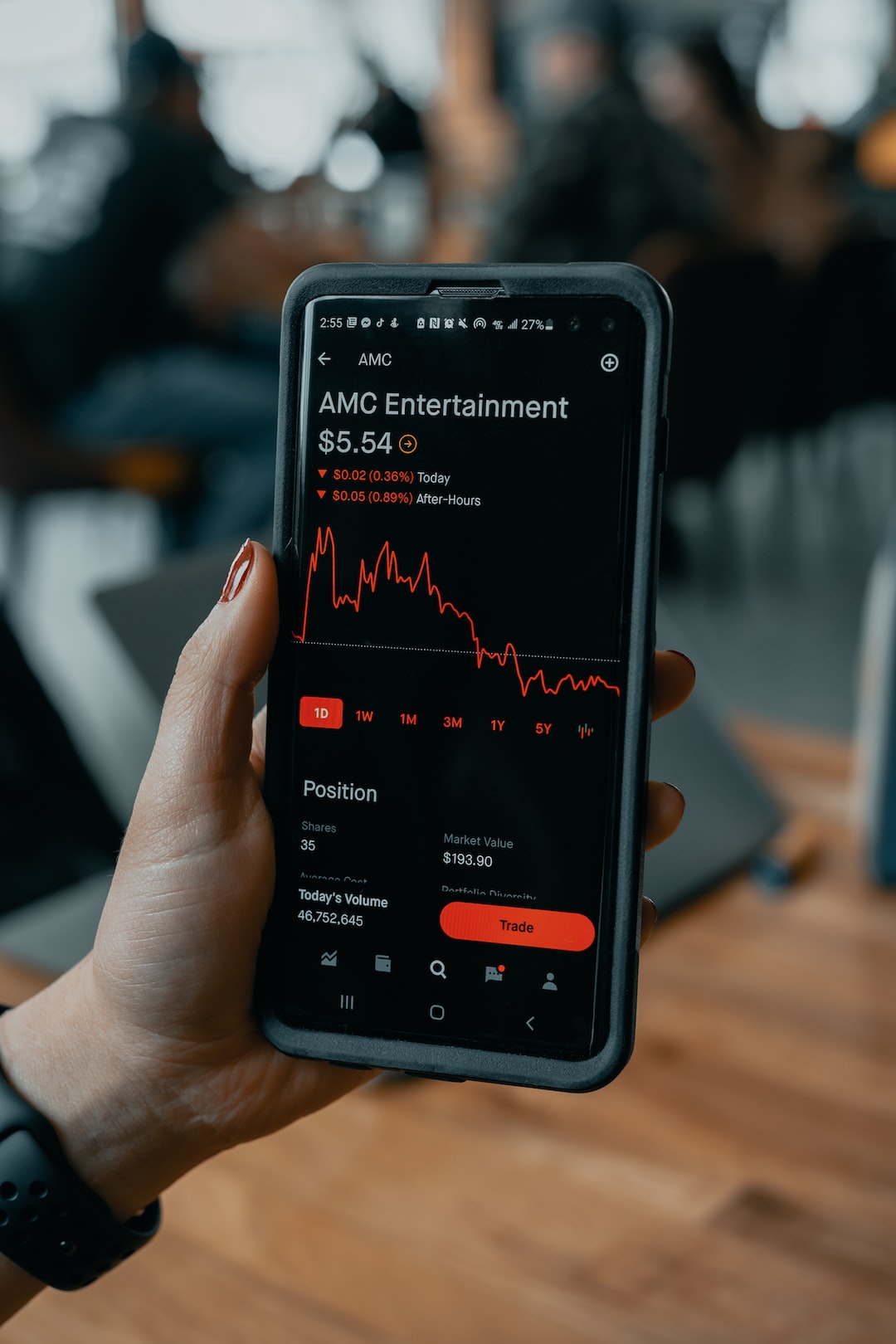The foreign exchange market, or forex, is the largest financial market in the world. Unlike other financial markets, the forex market is not centralized and does not have a physical location. Instead, it is a decentralized market where traders buy and sell currencies from all over the world. The market structure forex refers to the various factors that influence the behavior of the market and how it operates.
The forex market is made up of several participants, including banks, central banks, institutional investors, retail traders, and corporations. These participants influence the market structure forex and contribute to its liquidity and volatility. The market operates 24 hours a day, five days a week, with trading sessions in Asia, Europe, and the Americas.
One of the key factors that influence the market structure forex is the level of competition among participants. With so many players in the market, there is a high level of competition, which can lead to more efficient pricing and tighter spreads. Banks and other financial institutions are the primary players in the forex market, accounting for the majority of trading volume. These institutions often trade on behalf of their clients, such as corporations, hedge funds, and pension funds.
Another important factor that influences the market structure forex is the level of market transparency. The forex market is considered to be relatively opaque, with no central exchange or clearinghouse. However, technological advances have made it easier for traders to access information about market conditions and pricing. Electronic trading platforms and news services provide traders with real-time data on currency prices, economic indicators, and other market factors.
The forex market is also influenced by economic and political events around the world. News releases and economic data from different countries can have a significant impact on currency prices. For example, if the US Federal Reserve raises interest rates, the US dollar is likely to appreciate against other currencies. Similarly, political events such as elections or geopolitical tensions can also affect currency prices. Traders must stay informed about these events and their potential impact on the market.
The market structure forex is also influenced by market participants’ trading strategies. Traders use a variety of strategies to buy and sell currencies, including technical analysis, fundamental analysis, and algorithmic trading. Technical analysis involves analyzing charts and using technical indicators to identify trends and potential trading opportunities. Fundamental analysis involves analyzing economic data and other news events to identify factors that may affect currency prices. Algorithmic trading involves using computer algorithms to analyze market data and execute trades automatically.
The market structure forex is also influenced by the level of regulation in the industry. Since the forex market is decentralized, it is not subject to the same level of regulation as other financial markets. However, many countries have implemented regulations to protect traders and prevent market manipulation. For example, the US Commodity Futures Trading Commission (CFTC) regulates the forex market in the United States, while the European Securities and Markets Authority (ESMA) regulates the market in the European Union.
In conclusion, the market structure forex is complex and influenced by a variety of factors. The forex market is decentralized and operates 24 hours a day, five days a week. The level of competition, market transparency, economic and political events, trading strategies, and regulation all play a role in shaping the market’s behavior. Traders must stay informed about these factors and adapt their strategies accordingly to succeed in the forex market.





